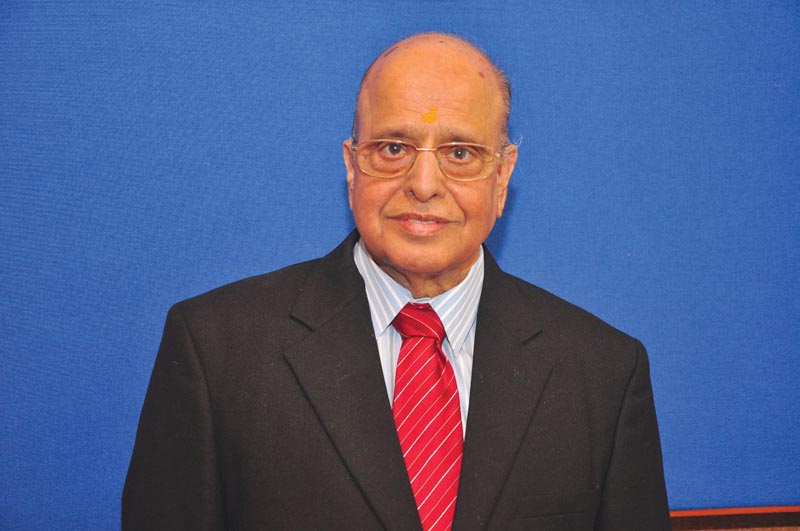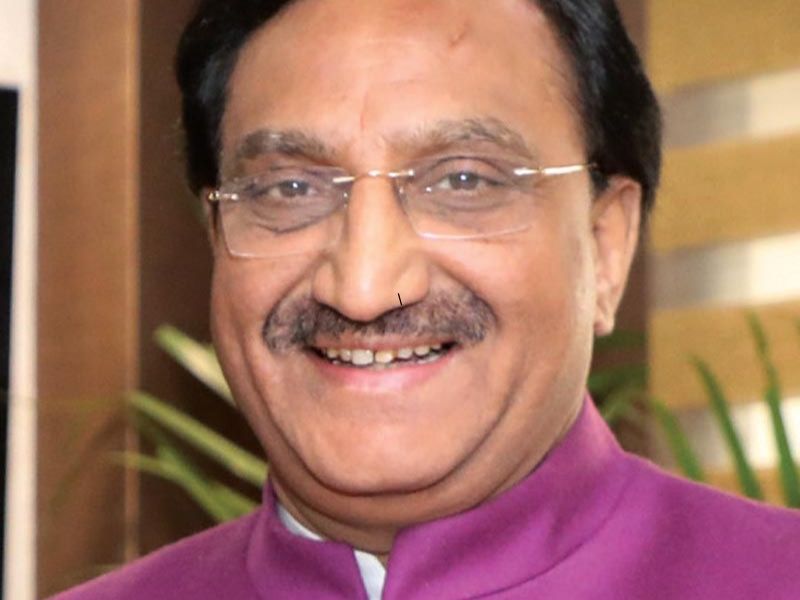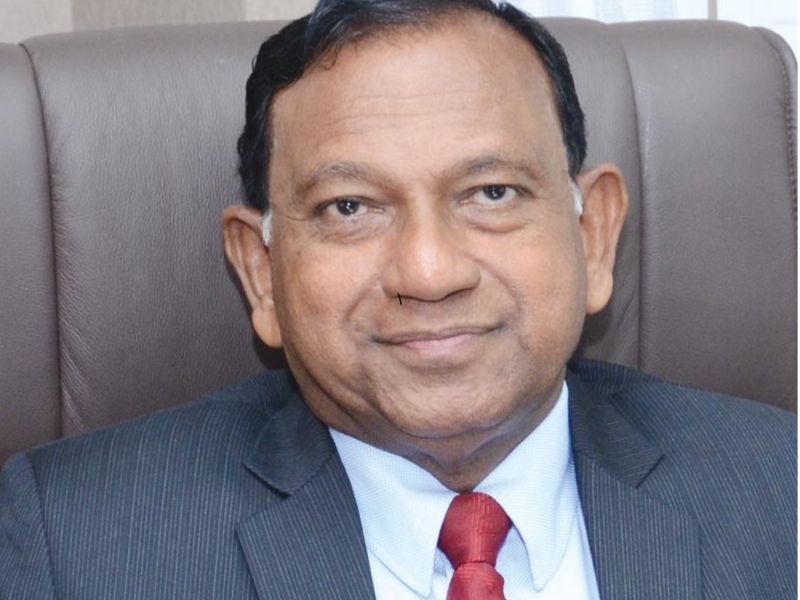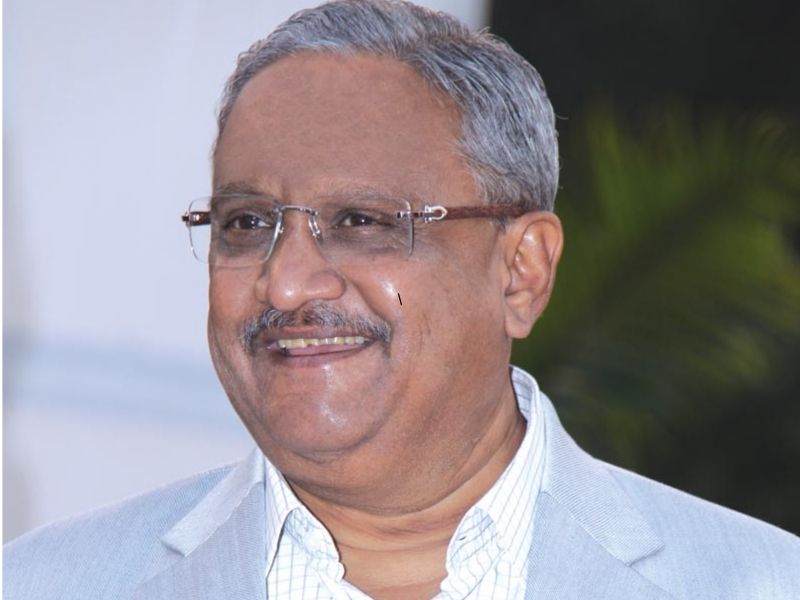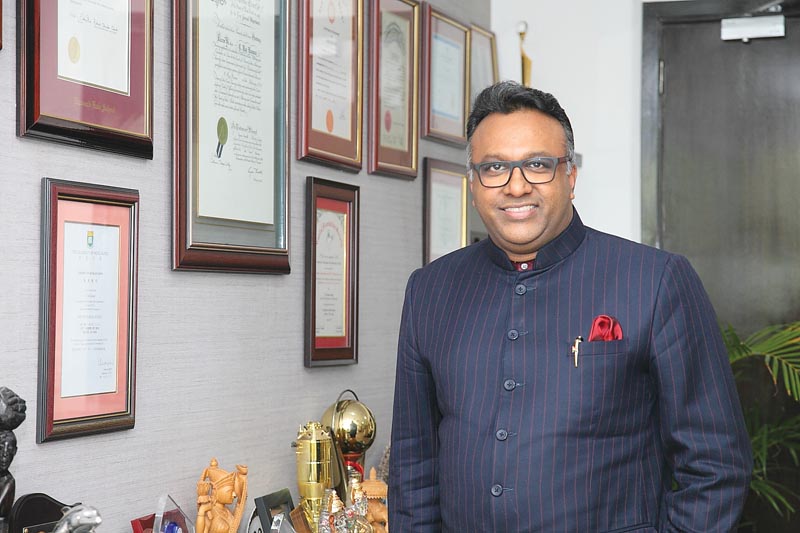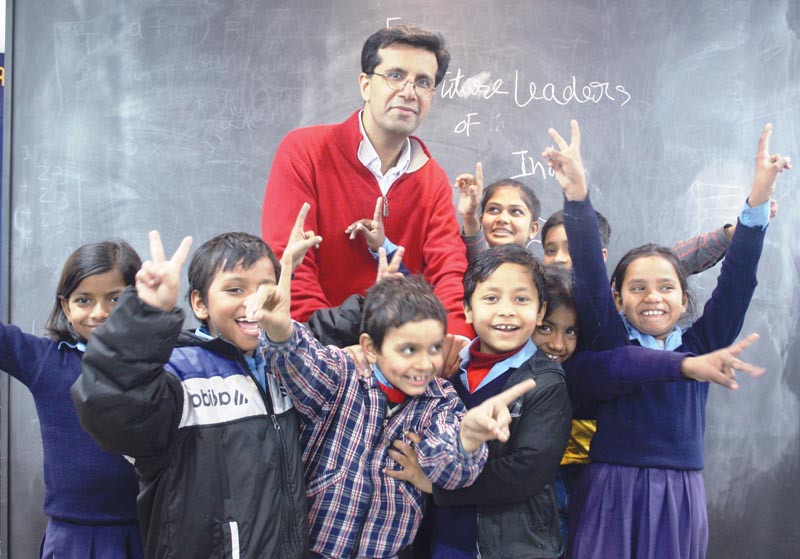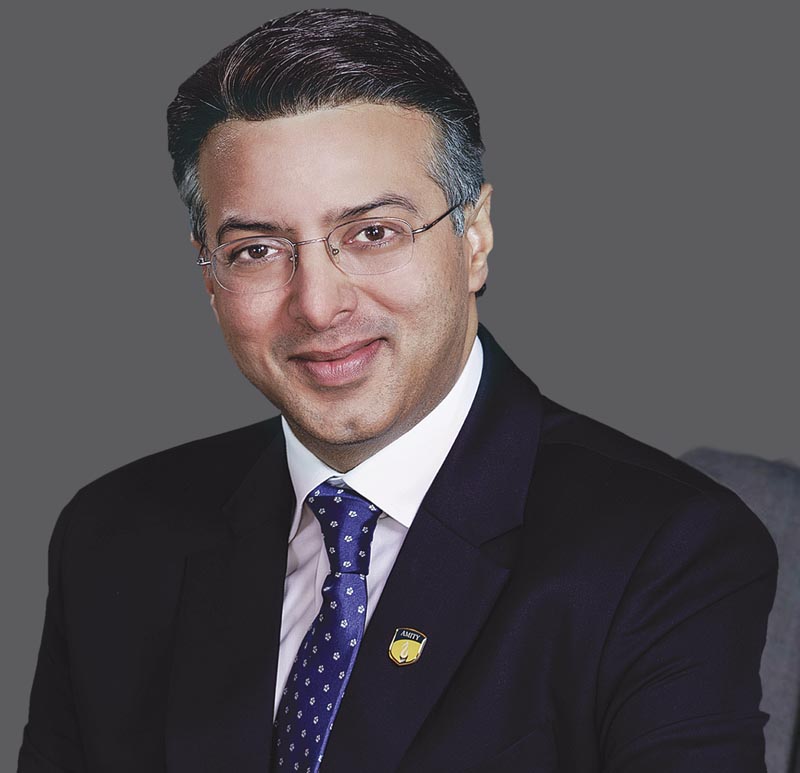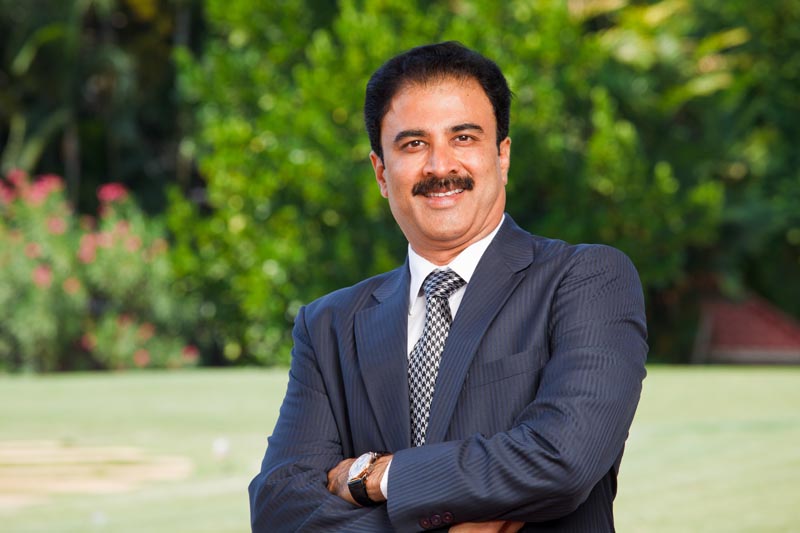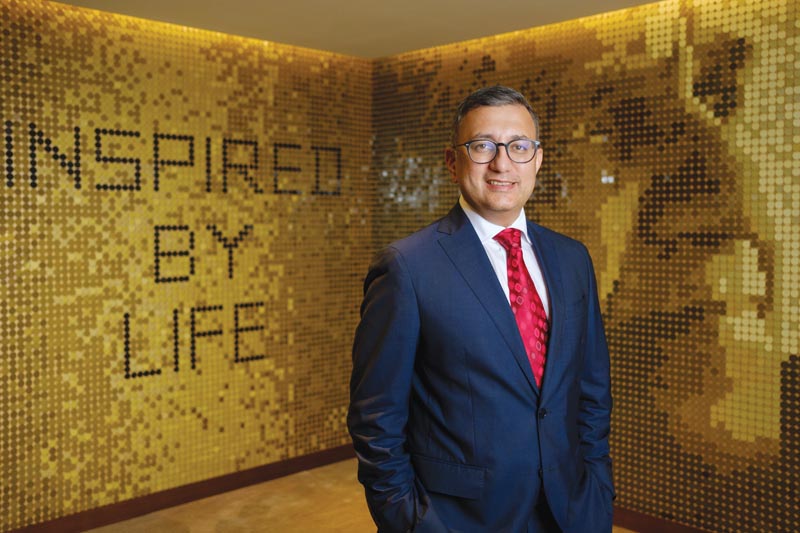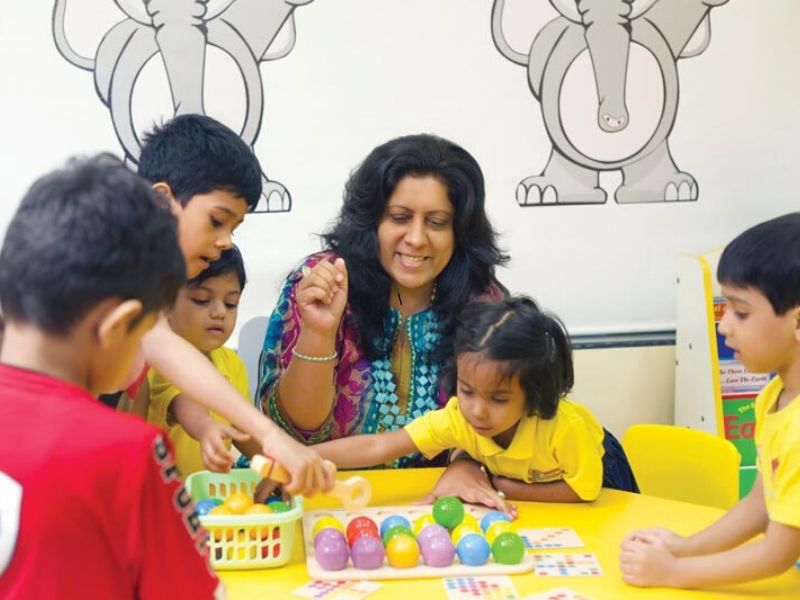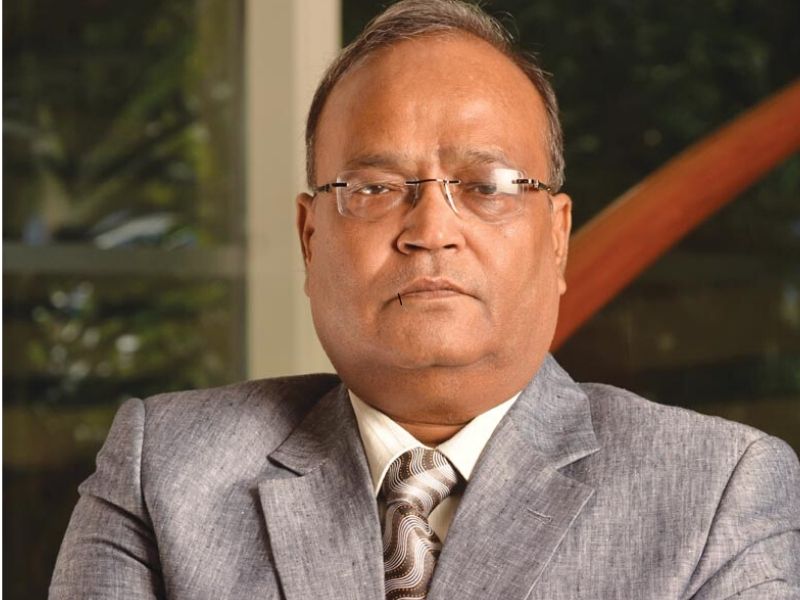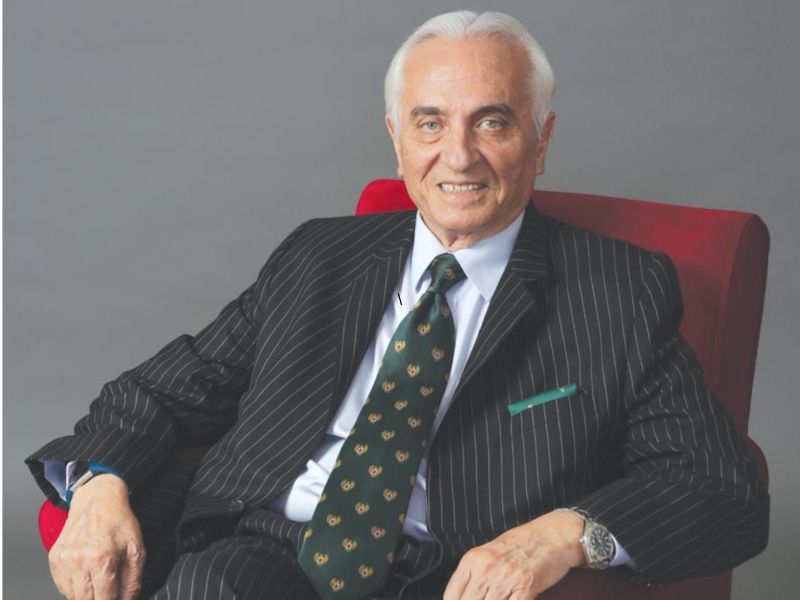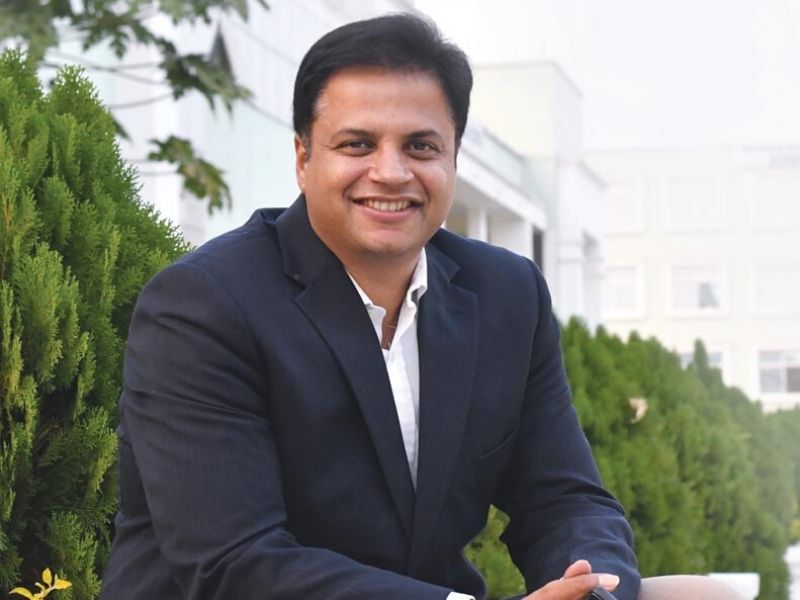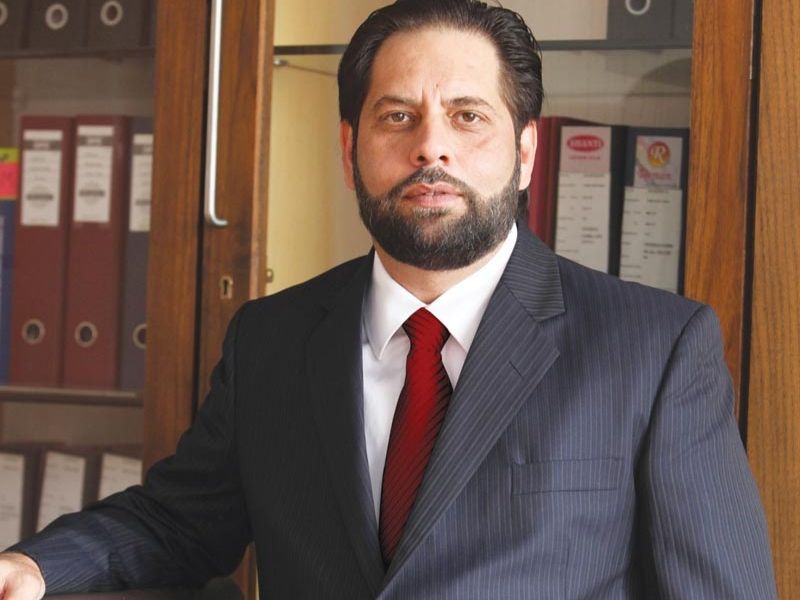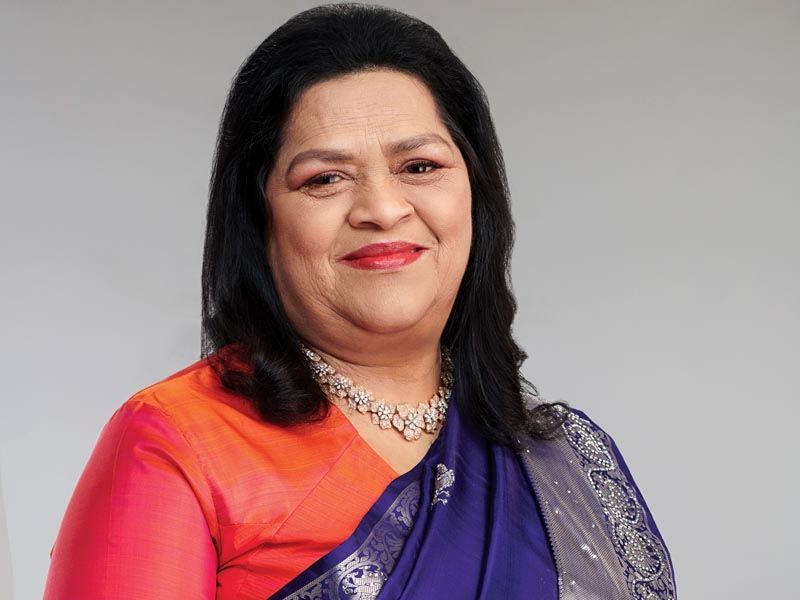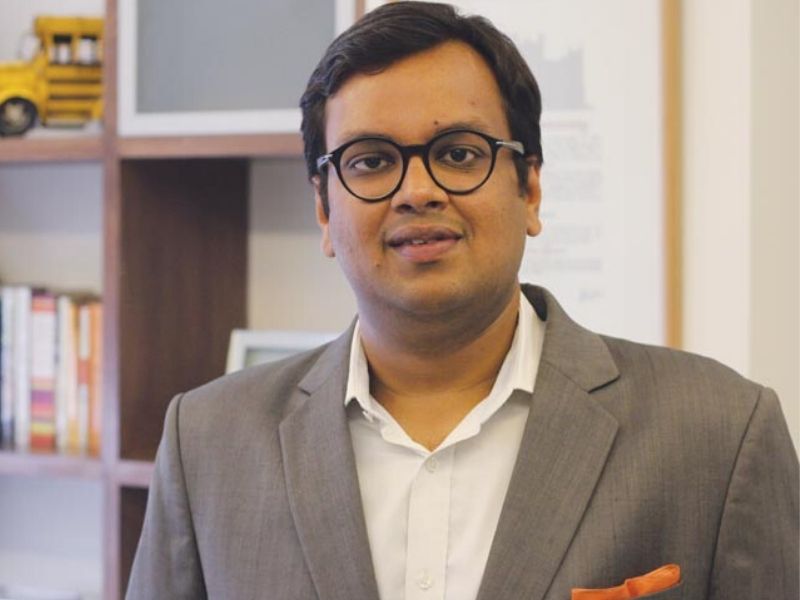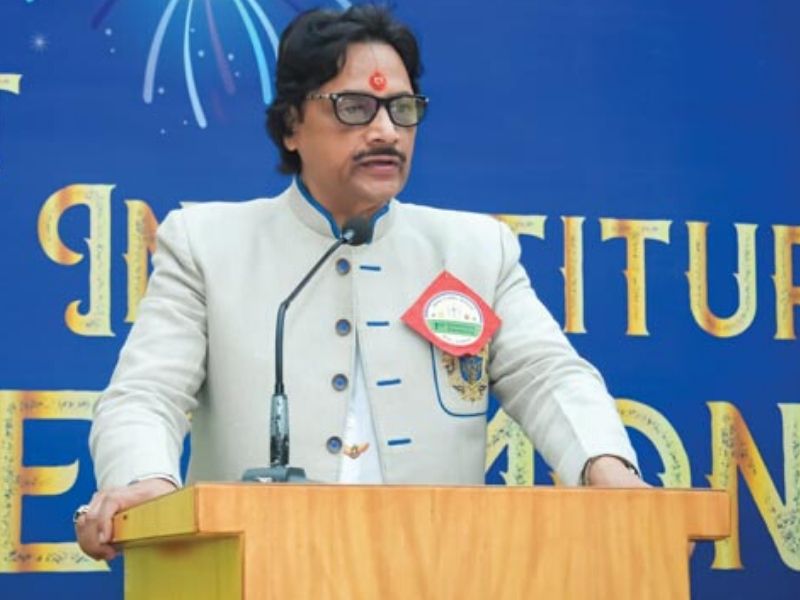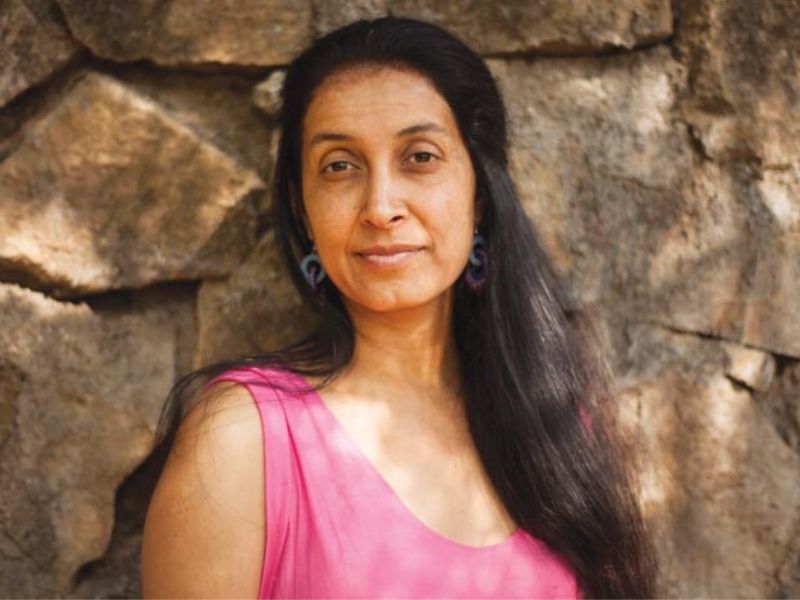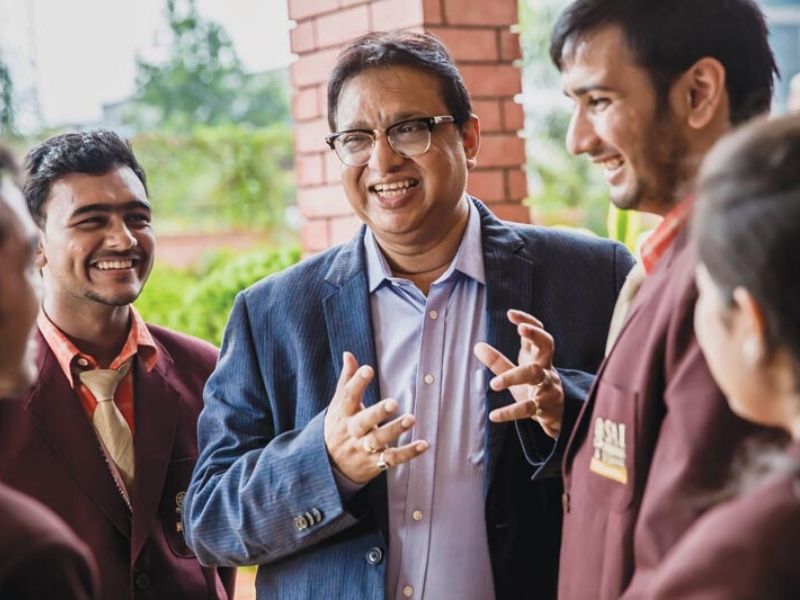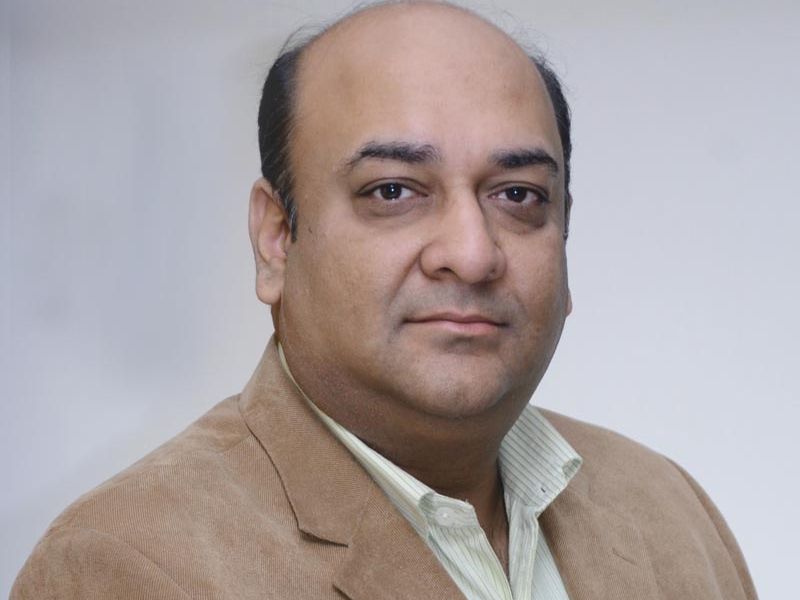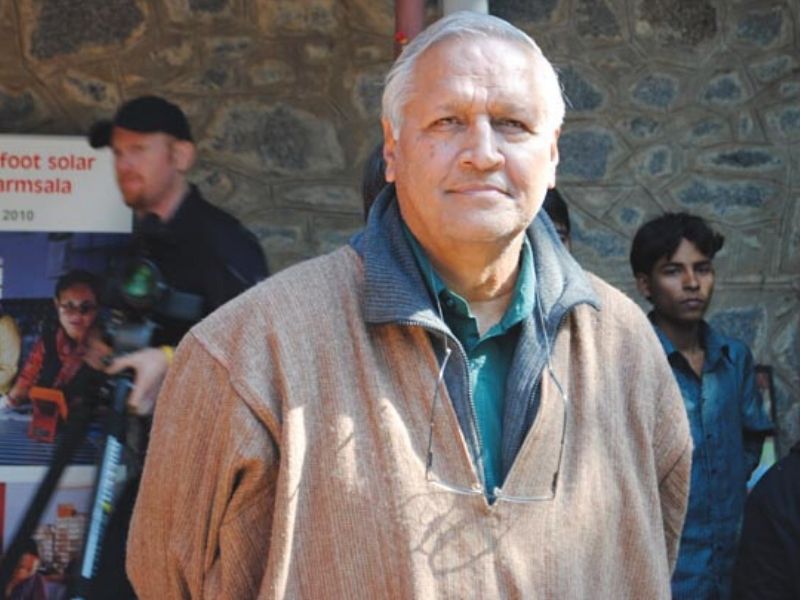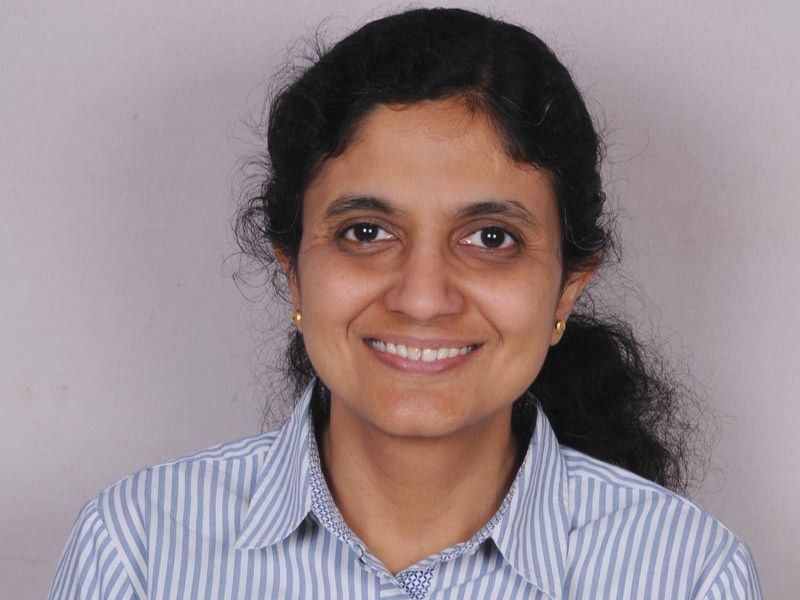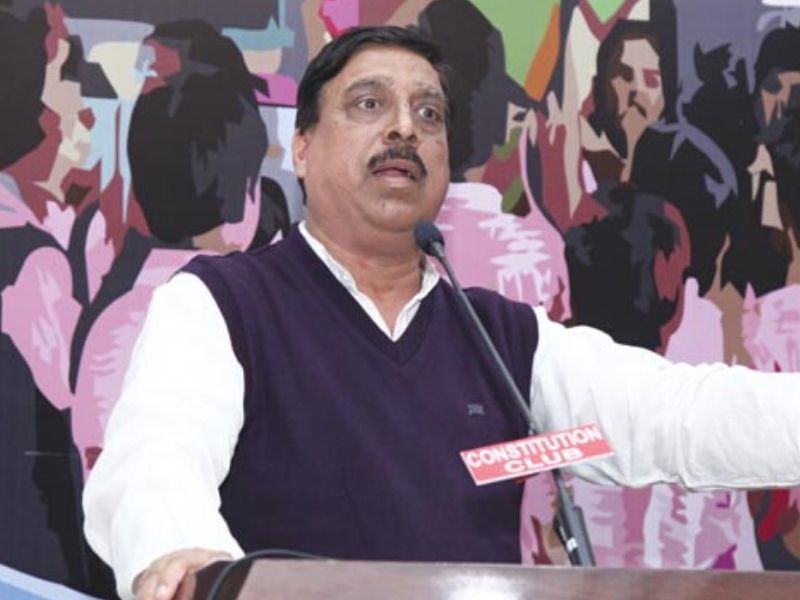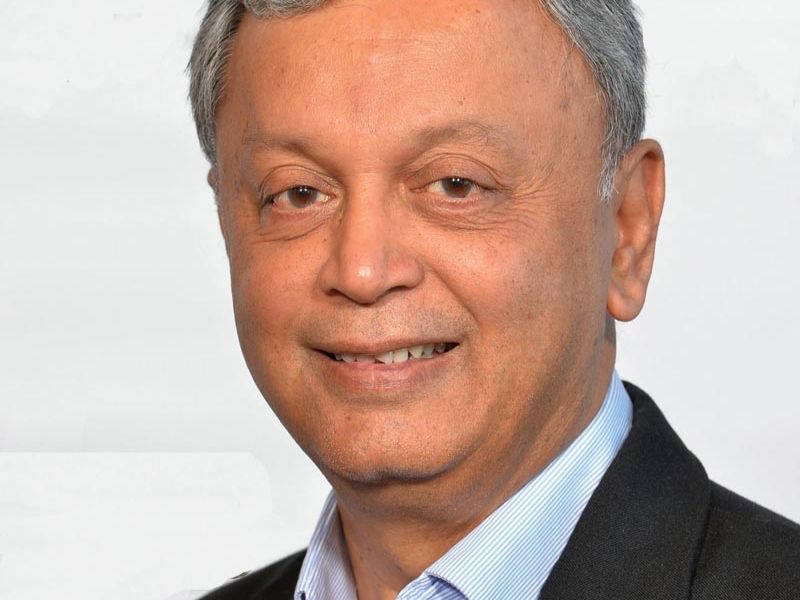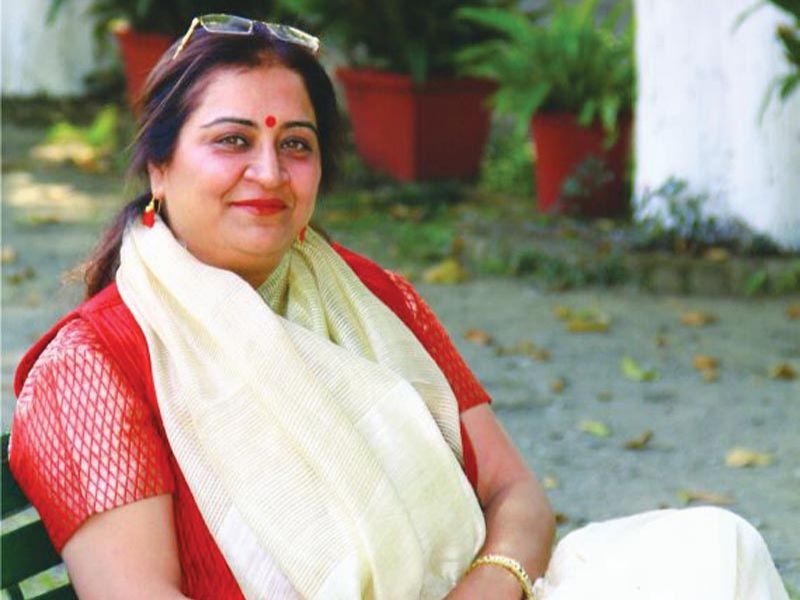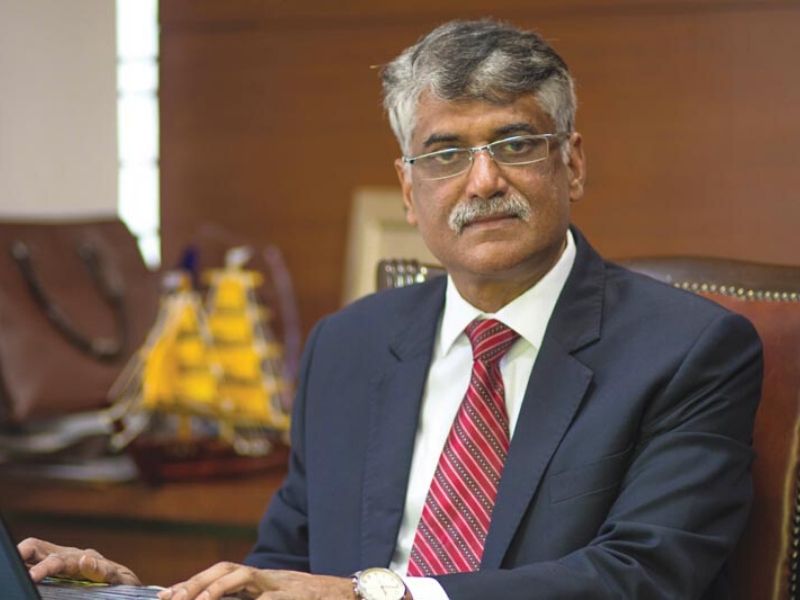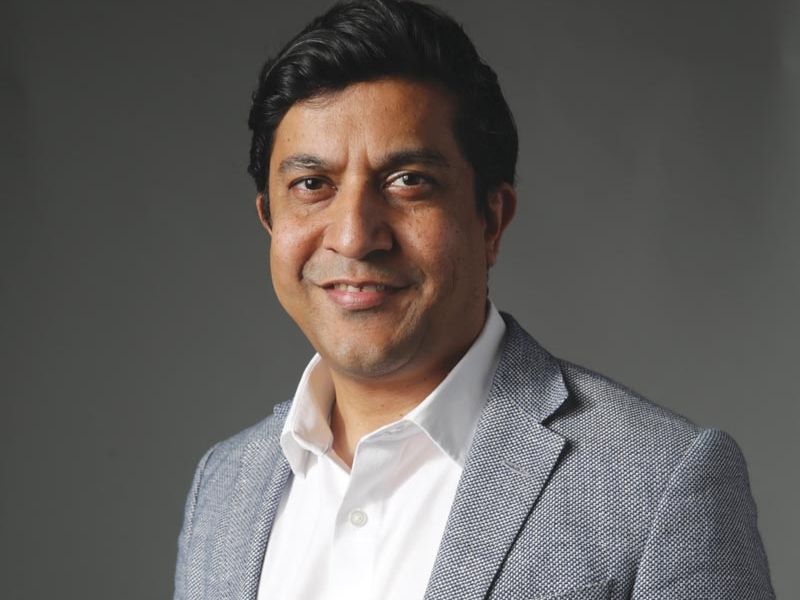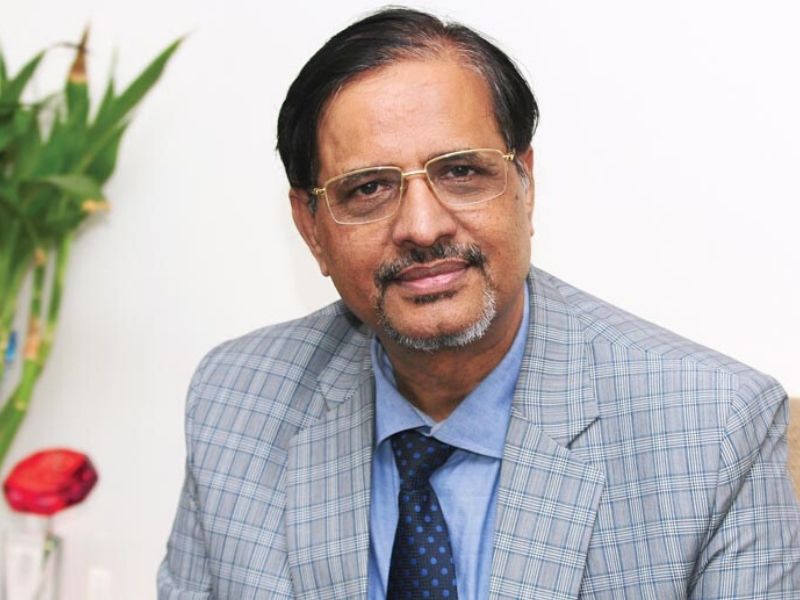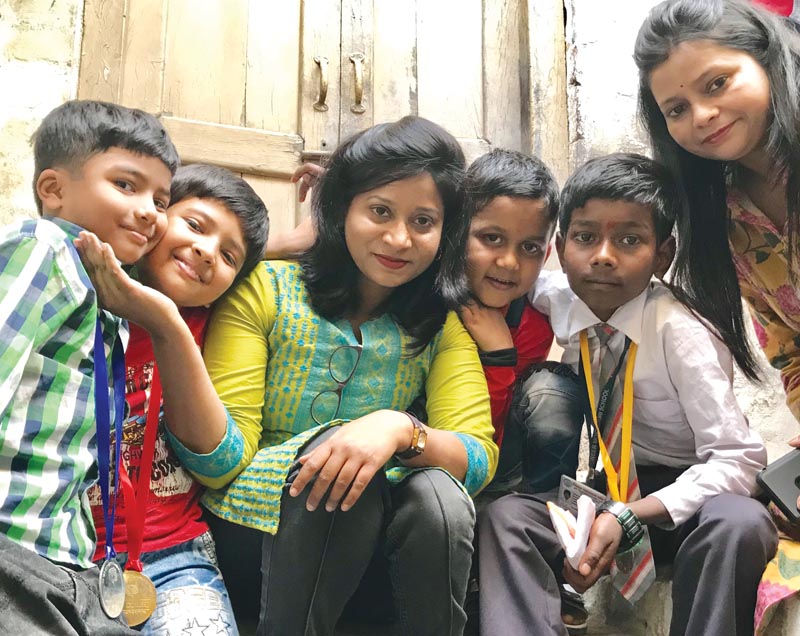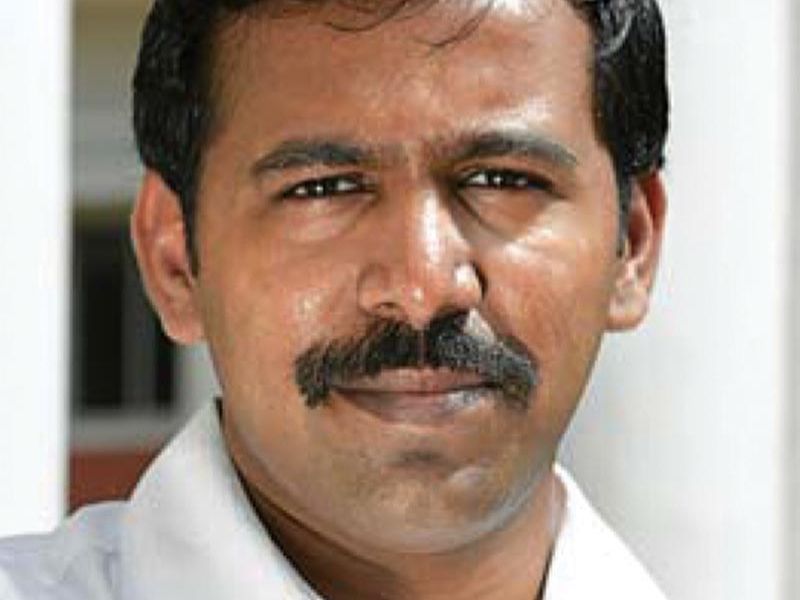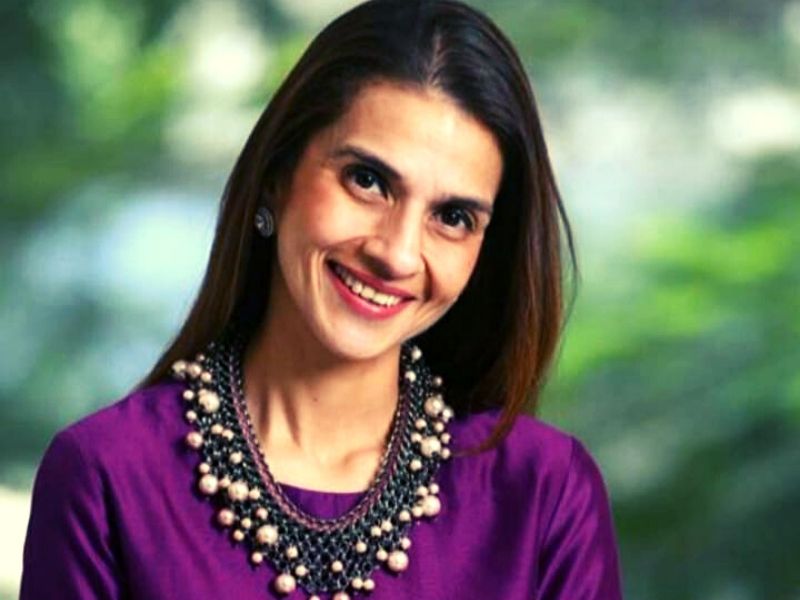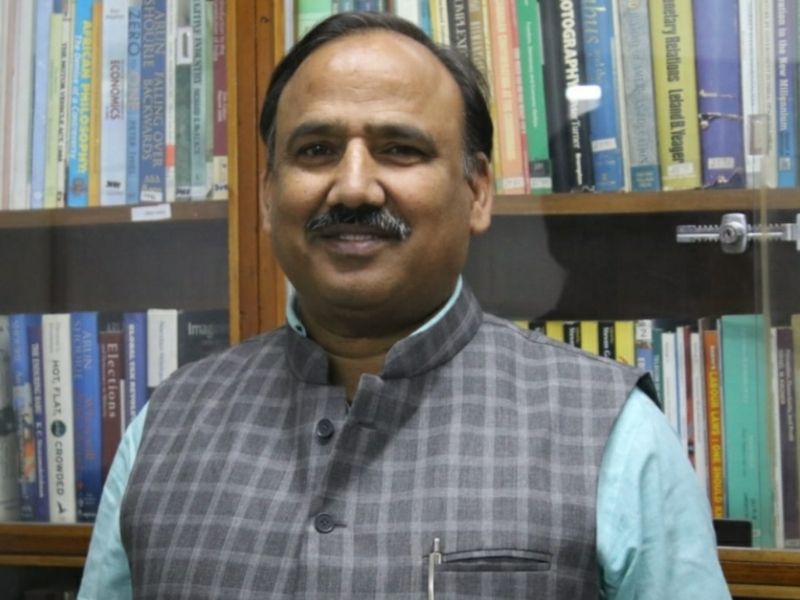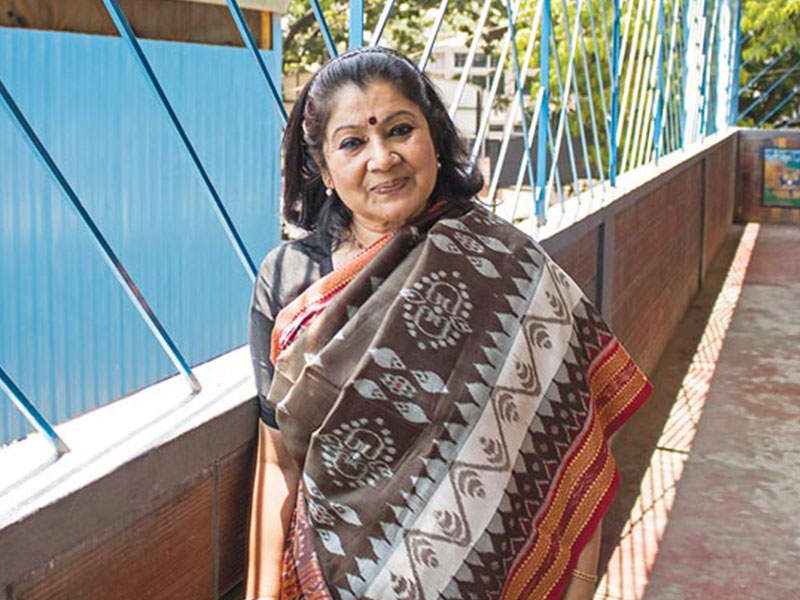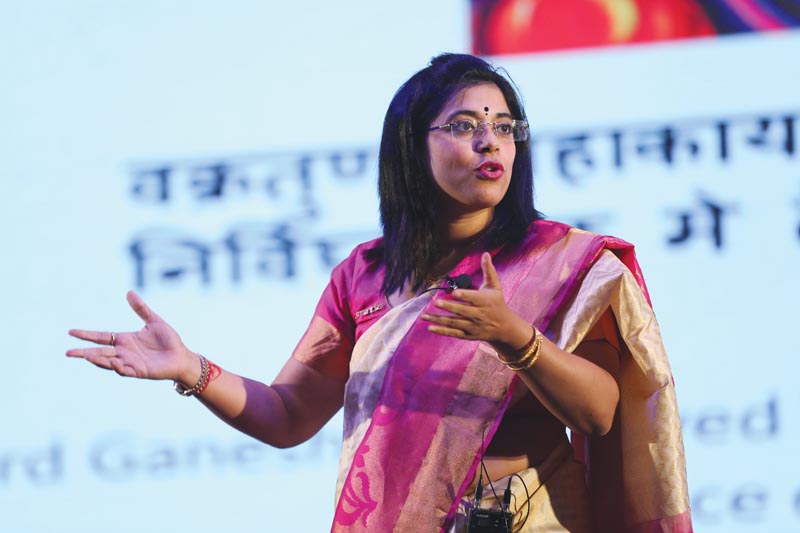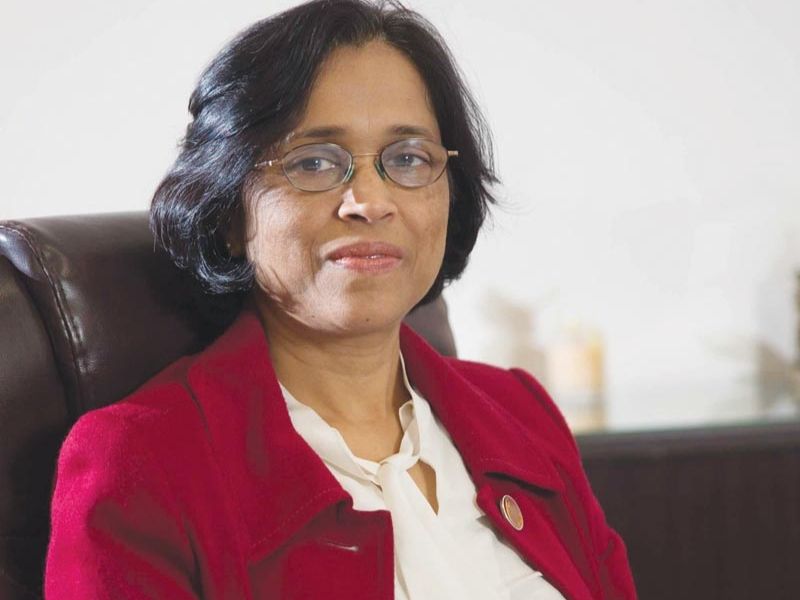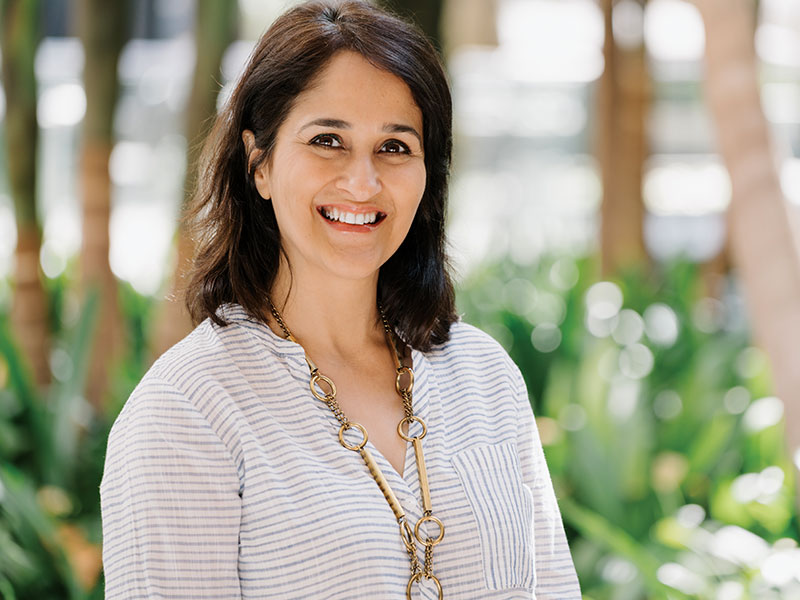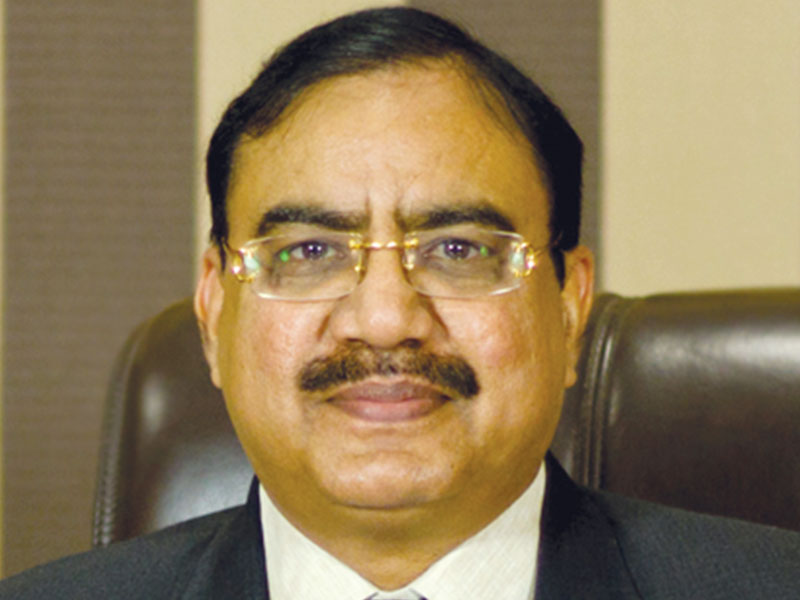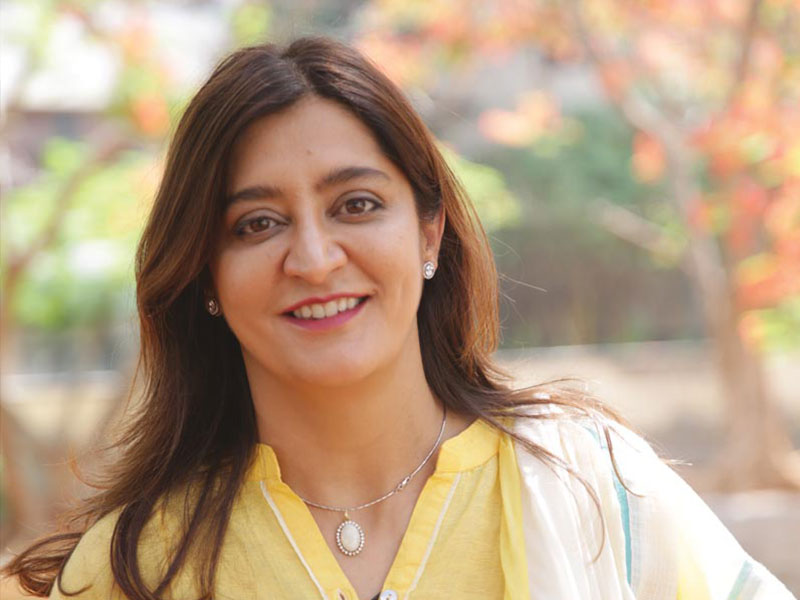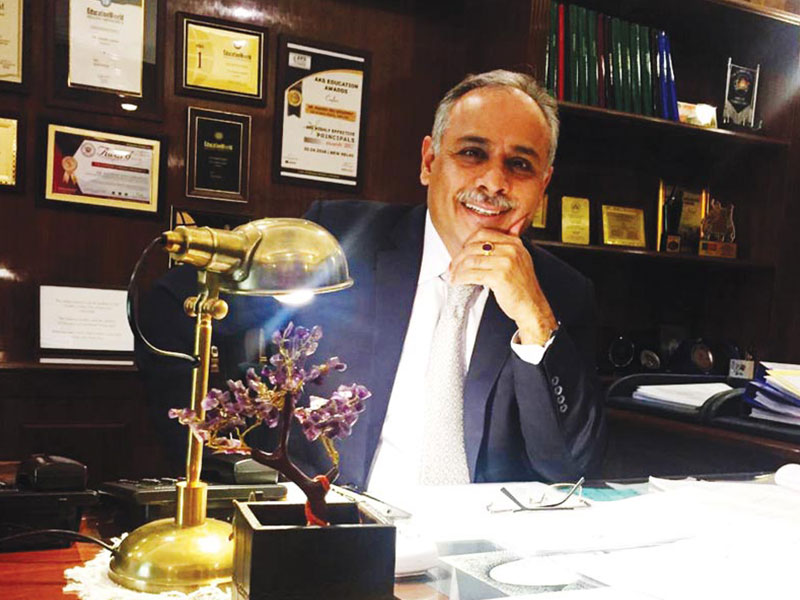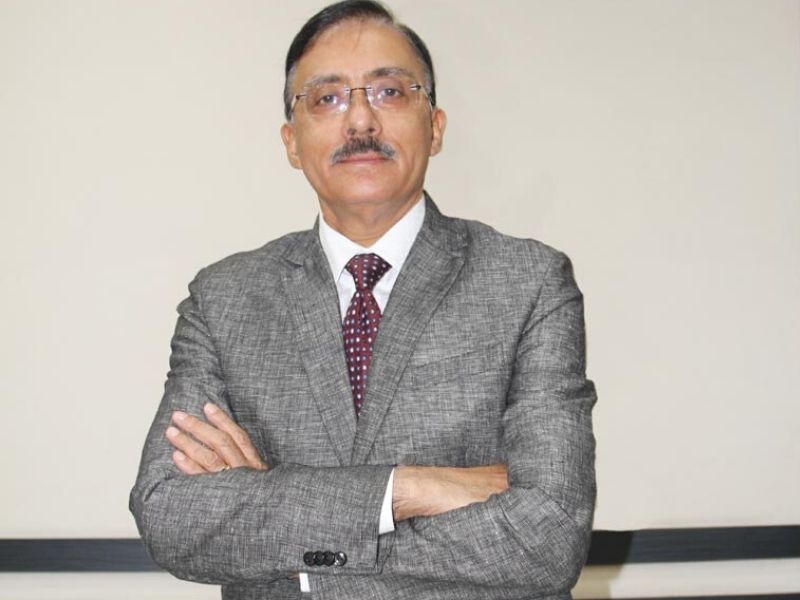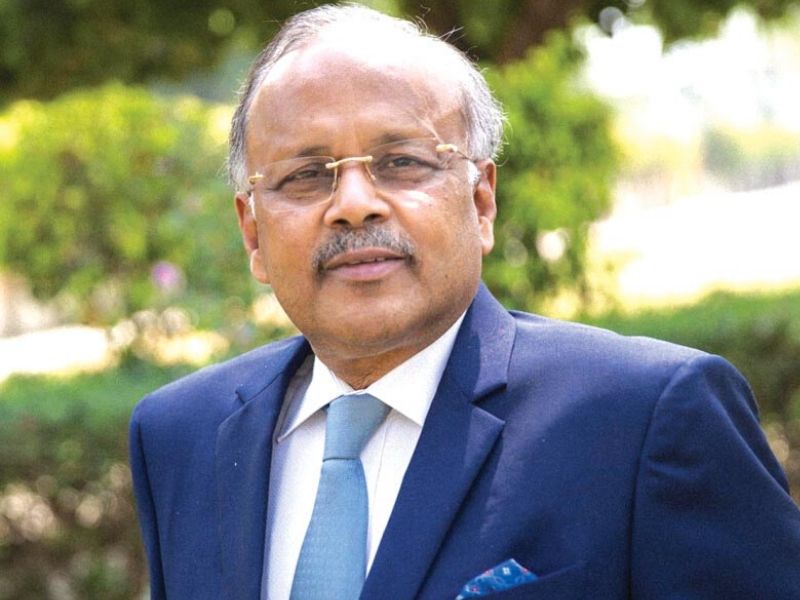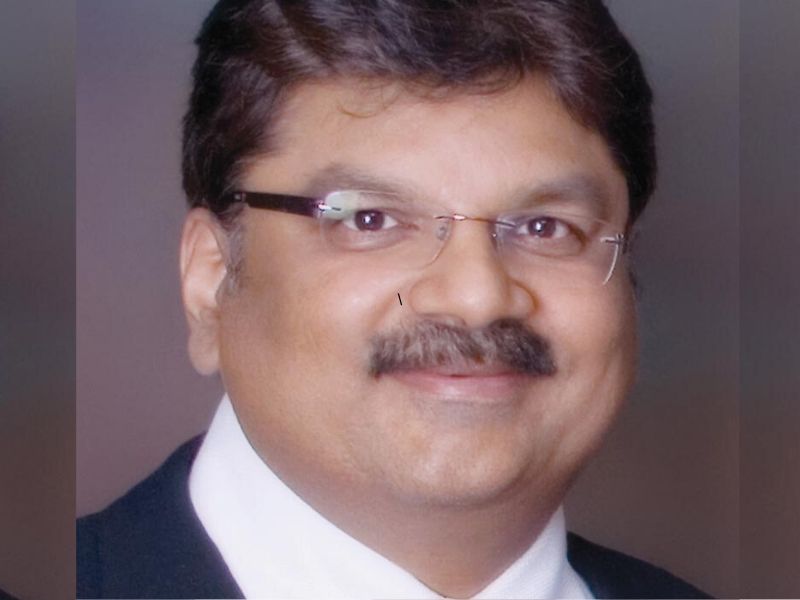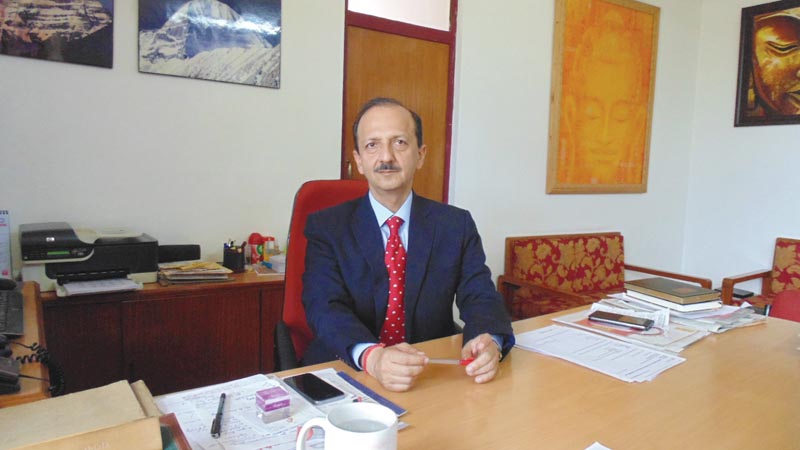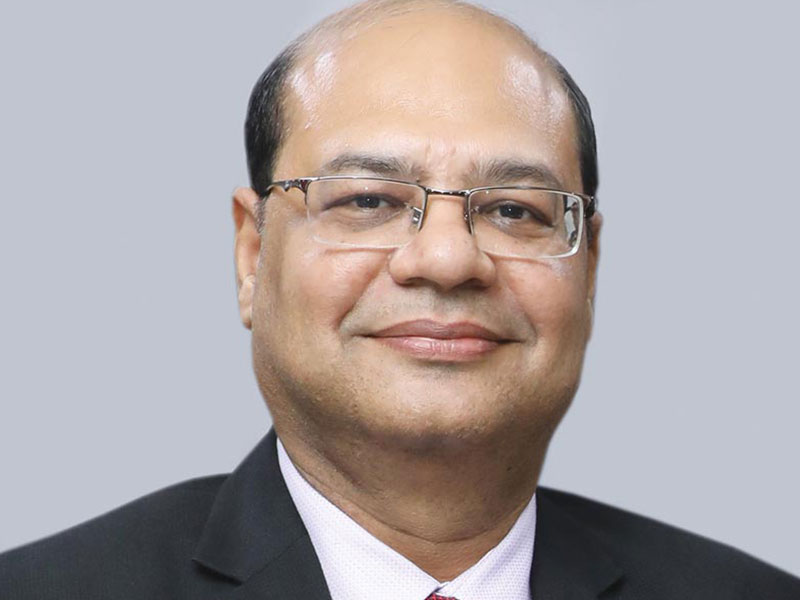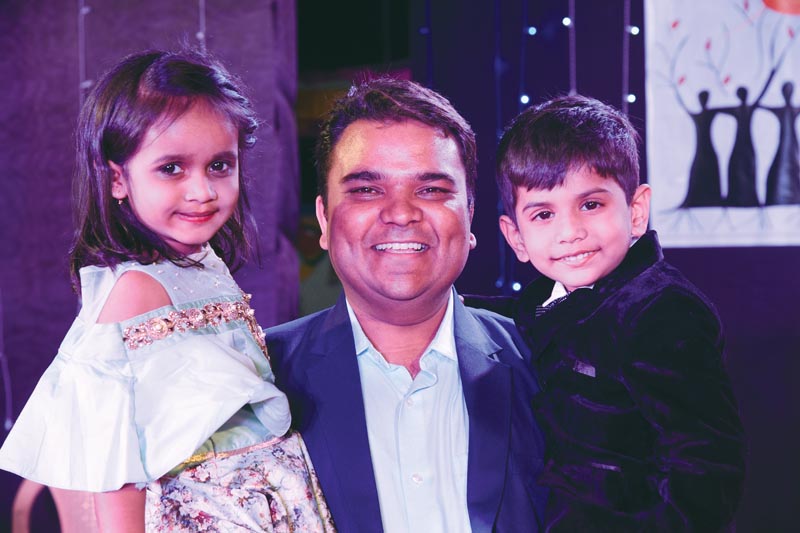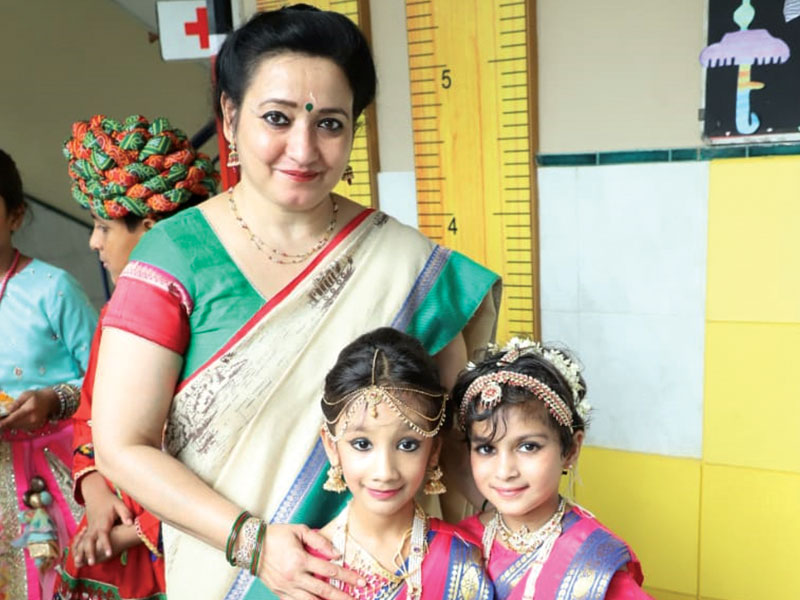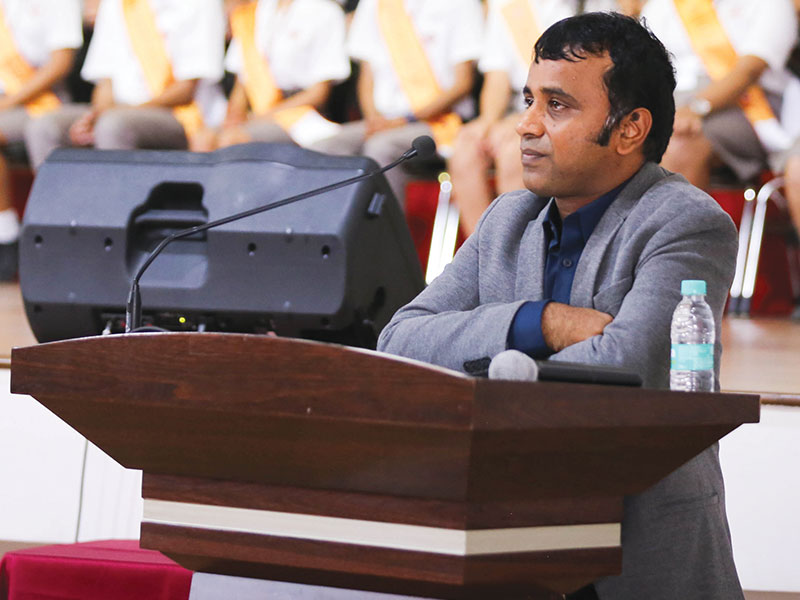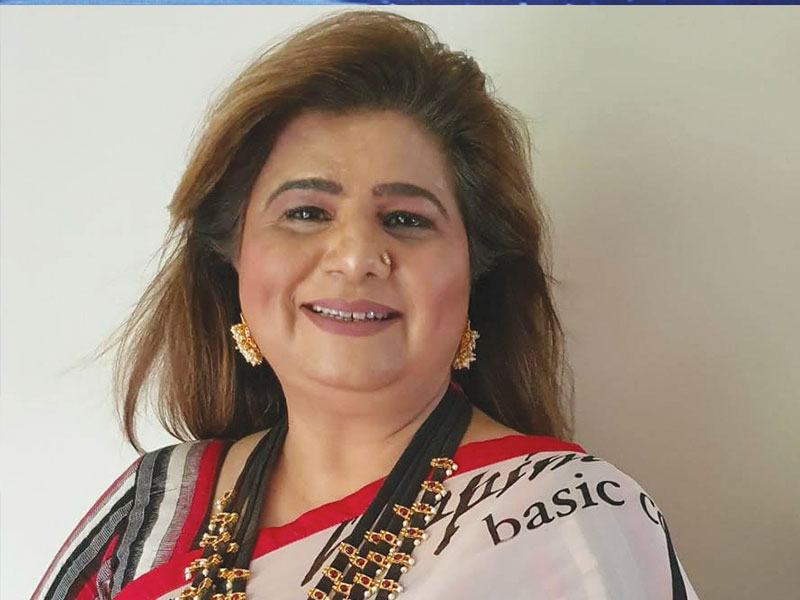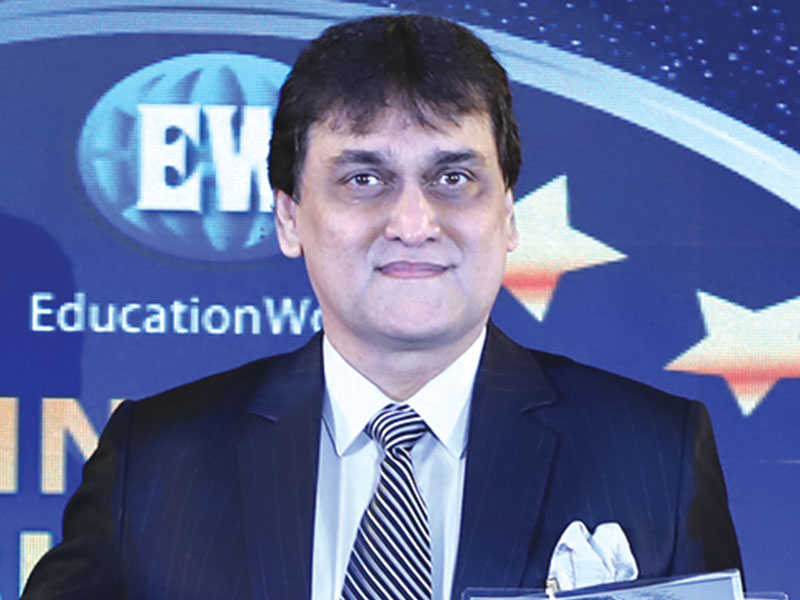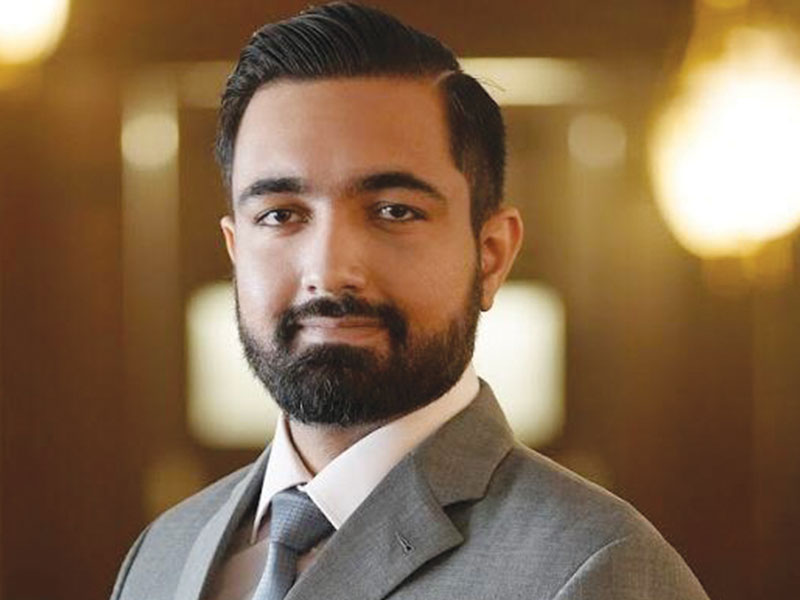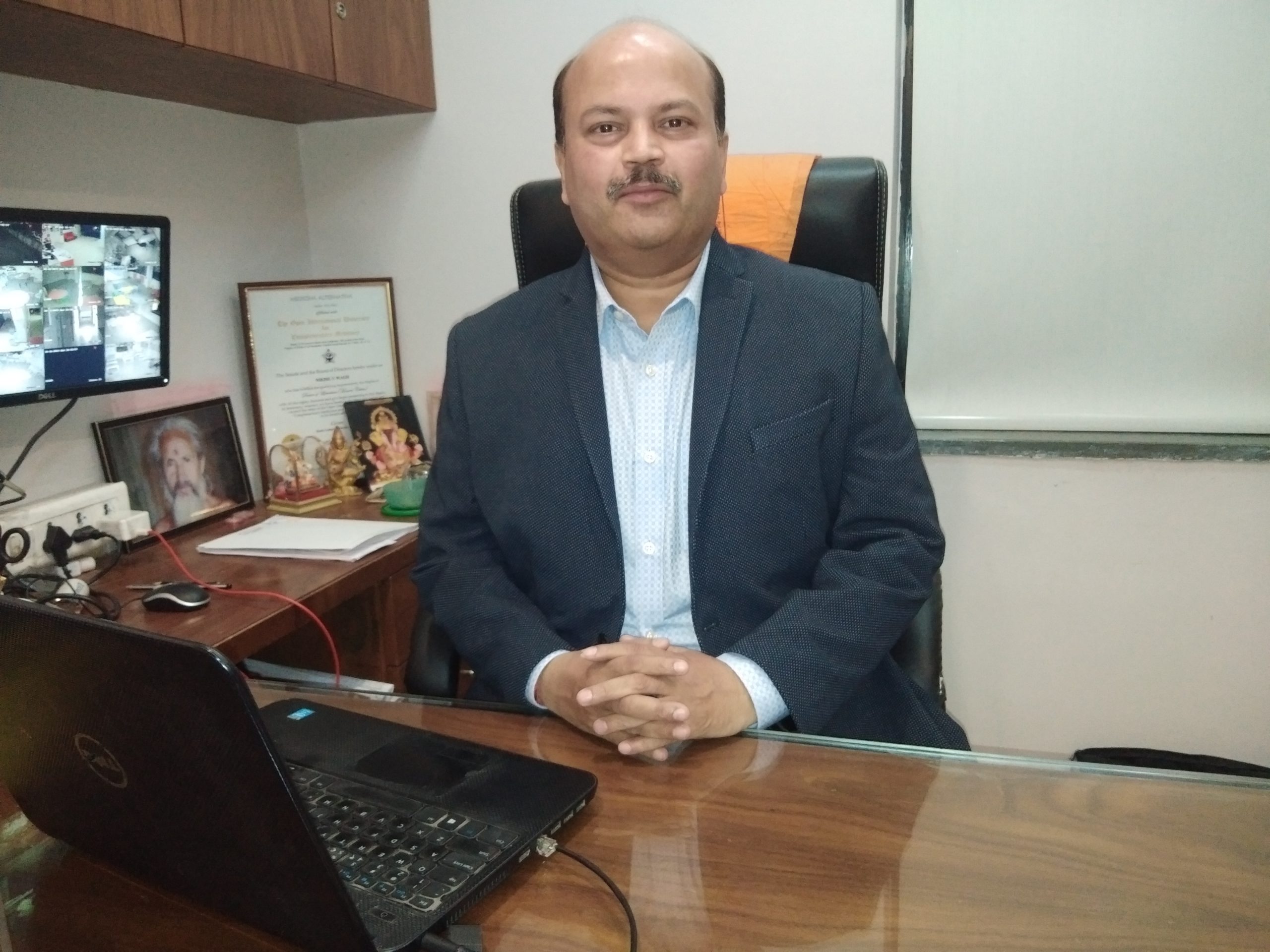Indian education system has been devastated by the national lockdown prompted by the Covid-19 pandemic. The onus of reviving KG-Ph D education has devolved upon tried and tested institutional leaders – Dilip Thakore & Summiya Yasmeen
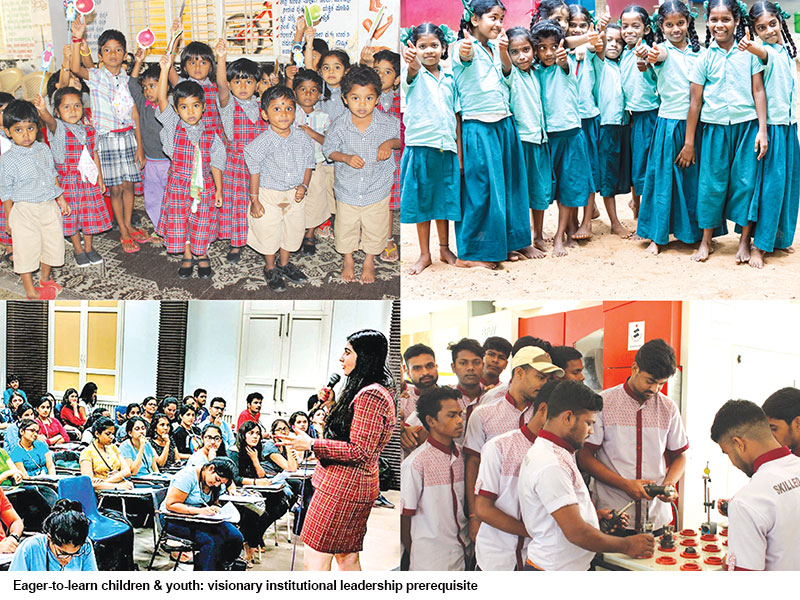
On March 25 when a national lockdown was decreed by prime minister Narendra Modi following outbreak of the novel coronavirus aka Covid-19 pandemic, Indian education — like the Indian economy — was already in bad shape. Last January (2019) the authoritative and extensively field-tested Annual Status of Education Report (ASER) 2018 of the Pratham Education Foundation informed the public that the number of children in class V who cannot read and comprehend class II textbooks has risen — rather than reduced — to 56 percent and the percentage of class VIII children who can manage to solve simple arithmetic division sums is a mere 40 percent.
On May 20, the World University Rankings (WUR) league table published by the London-based Quacquarelli Symonds included only three of India’s 993 universities among the Top 200 (cf. seven in China). The WUR league table of Times Higher Education released shortly thereafter doesn’t include any Indian university in its Top 200 league O table. Therefore like the struggling Indian economy which has been devastated by the national lockdown — GDP is likely to contract by 5 percent and unemployment is forecast to rise to 27 percent — India’s education system from preschool to Ph D is certain to suffer a severe setback.
Although school, college and university managements claim to have switched to conducting online classes and lectures, the depressing truth is that only a thin sliver of well-funded and efficiently managed private education institutions are dispensing acceptable quality digital learning and education services to students.
Nevertheless, it is arguable that with the imminent dawn of the 5G era in broadband telecom connectivity, blended education which combines conventional classroom learning with advanced digital technologies, will not only maintain continuity in KG-Ph D education, it could dramatically improve learning outcomes across the spectrum. Yet to successfully harness revolutionary technology with conventional pedagogies and inspire teachers and students to make a great and overdue leap forward in academic learning outcomes and research, the vital prerequisite is capable and visionary institutional leadership. Unfortunately, as in all walks of life in this ill-fated nation dominated by the ubiquitous neta-babu (politician-bureaucrat) brotherhood that controls and commands every sector of the economy including school and higher education, independent, progressive education leaders are a rare species.
The bald truth is that the vast majority of principals, directors and vice chancellors who head the country’s 1.2 million government primary-secondary schools, 39,931 colleges and 935 universities are individuals whose main qualifications are high capability to manage great and small politicians and bureaucrats, rather than effectively nurture and develop great institutions. This explains why so few, if any of India’s universities — some of them of over 150 years vintage — figure in WUR league tables of QS, THE, Shanghai Jiao Tong or any other globally respected rating agencies.
“It’s substantially true that there’s a leadership deficit in Indian education at all levels — primary, secondary and tertiary. But it’s also true that leadership skills cannot be developed without adequate support by way of immersive training, clear policies and procedures, and well-remunerated teachers and faculty. Moreover school leaders must be accorded respect and freedom of operations by their managements. These practices and conditions for leadership to flower are rare in the country’s education institutions. Instead teachers and professors are usually promoted to leadership roles based on their years of academic experience. Rarely is leadership training given to senior teachers 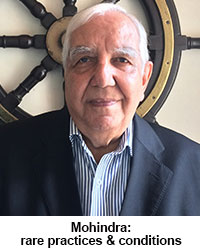 prior to their being elevated to the principal’s office, and after that they are seldom given the operational freedom to develop their leadership competencies. The consequence is that India’s best schools, colleges and universities suffer in comparison with the world’s best,” says Capt. (Retd) Raj Mohindra, promoter-director of Raj Mohindra Consultants, Mumbai, one among India’s most respected education consultancy firms which has conceptualised, designed and operationalised some of India’s top-ranked primary secondary schools, including the Mahindra United World College, Pune, and Ecole Mondiale and the Dhirubhai Ambani International School, Mumbai.
prior to their being elevated to the principal’s office, and after that they are seldom given the operational freedom to develop their leadership competencies. The consequence is that India’s best schools, colleges and universities suffer in comparison with the world’s best,” says Capt. (Retd) Raj Mohindra, promoter-director of Raj Mohindra Consultants, Mumbai, one among India’s most respected education consultancy firms which has conceptualised, designed and operationalised some of India’s top-ranked primary secondary schools, including the Mahindra United World College, Pune, and Ecole Mondiale and the Dhirubhai Ambani International School, Mumbai.
Pervasive disinterest in training and preparing brightest and best academics with administrative capabilities for institutional leadership roles apart, the practice of separating teaching from management/administration is conspicuously absent in Indian education. The outcome of this structural flaw is that over-burdened principals and vice chancellors tend to fall between two stools, and are neither good academics, nor efficient administrators. The few schools in which the roles of academic heads and chief executives are separate and clearly defined show excellent results very quickly.
For instance, in the high-end Indus International School, Bangalore (IISB estb.2003), Ms. Sarojini Rao is principal and head of academics, while Lt. Gen (Retd.) Arjun Ray is the chief executive of all Indus International schools (Bangalore, Pune and Hyderabad). This division of powers has shown quick results. IIS-B has been ranked India’s #1 international day-cum-boarding school in the annual EducationWorld India School Rankings for eight years in succession with IIS-Pune and IIS-Hyderabad also ranked among the Top 10 countrywide. There is similar division of academic and administrative job roles in the new millennium American Ivy league-style private liberal arts and sciences universities – Ashoka, Jindal Global, Krea – which have captured the imagination of post-liberalisation India’s aspirational middle and upper classes.
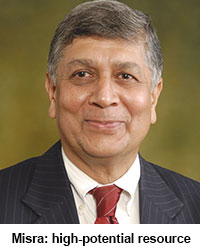 Dr. Ashok Misra, an alum of IIT-Kanpur and Tufts and Massachusetts universities, USA, and former director (2000-08) of IIT-Bombay, believes the major infirmities of India’s higher education institutions are leadership deficit, poor governance and shortage of excellent teachers in that order. “There’s a severe shortage of strong, well-qualified and purposive leaders in India’s education institutions, and colleges and universities in particular. Well-qualified vice chancellors and mission-driven directors who can stand up to politically appointed chancellors — and promoter families in private universities — are urgently required to provide good governance which in turn attracts high-quality faculty. All colleges and universities should introduce leadership development programmes which will typically include modules on best administrative practices, building R&D culture, change management and fundraising. A leadership development programme was introduced in IIT-Bombay during my time with excellent results,” says Misra.
Dr. Ashok Misra, an alum of IIT-Kanpur and Tufts and Massachusetts universities, USA, and former director (2000-08) of IIT-Bombay, believes the major infirmities of India’s higher education institutions are leadership deficit, poor governance and shortage of excellent teachers in that order. “There’s a severe shortage of strong, well-qualified and purposive leaders in India’s education institutions, and colleges and universities in particular. Well-qualified vice chancellors and mission-driven directors who can stand up to politically appointed chancellors — and promoter families in private universities — are urgently required to provide good governance which in turn attracts high-quality faculty. All colleges and universities should introduce leadership development programmes which will typically include modules on best administrative practices, building R&D culture, change management and fundraising. A leadership development programme was introduced in IIT-Bombay during my time with excellent results,” says Misra.
Misra believes it’s especially important for higher learning leaders to develop fundraising capabilities. “Most education leaders including university vice chancellors seem unaware that their alumni are a high-potential resource. The great majority of alumni are ready and willing to contribute donations to develop their alma maters. If well-managed institutions are short of funds, their leaders are to blame. World-class universities such as Harvard, Stanford — and almost every American university — have mobilised huge endowment corpuses and/or have financed infrastructure development by marketing naming rights to alumni and philanthropists. An endowment corpus gives management greater freedom in awarding scholarships, improving infrastructure and raising faculty pay and perks to attract high-quality teachers and researchers. In India, several IITs and IIMs have established separate cells for fundraising and have built substantial corpuses. Their example should be widely emulated,” advises Misra.
The Covid-19 pandemic and national lockdown which has forced the closure of schools, colleges and universities for two months with little chance of students being admitting before September, has presented institutional managements with unprecedented challenges. With switching to digital online learning having become imperative, intensive teacher training and development and capital expenditure at a time when private school parents are demanding fee waivers and government finances are under severe strain, have become necessary. With the general consensus being that even if a coronavirus vaccine is developed 12-15 months from now, education pedagogies, processes and indeed objectives, have transformed forever, your editors discerned an urgent need to highlight the responses and advice of the country’s most respected education leaders to the unprecedented Covid-19 crisis.
In the pages following, we present the recommendations of 50 carefully selected education leaders on ways and means to keep the flame of learning alive in the new Covid era and beyond. Will India’s already struggling school and tertiary education systems fall further behind as most people expect, or will they take a great leap forward with a new public awareness of the critical importance of real rather than ritual learning? Let’s heed the words of wisdom of people best qualified to lead Indian education in the 21st century.














